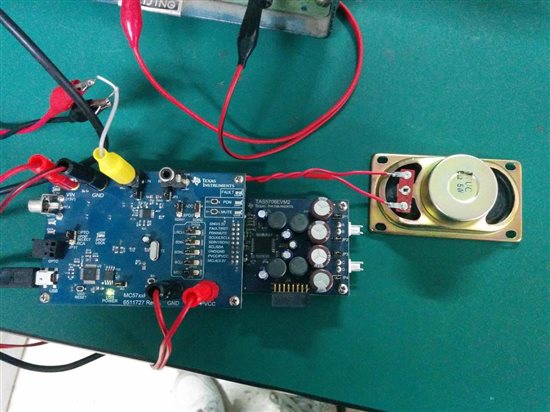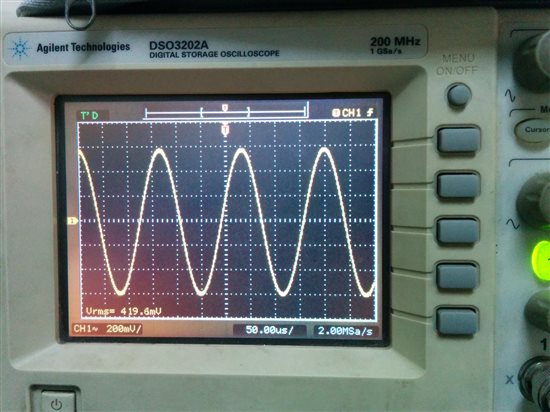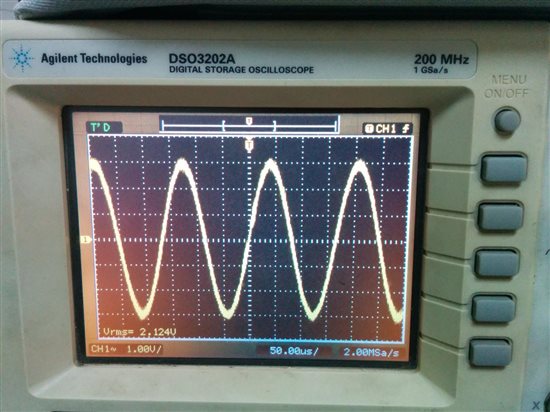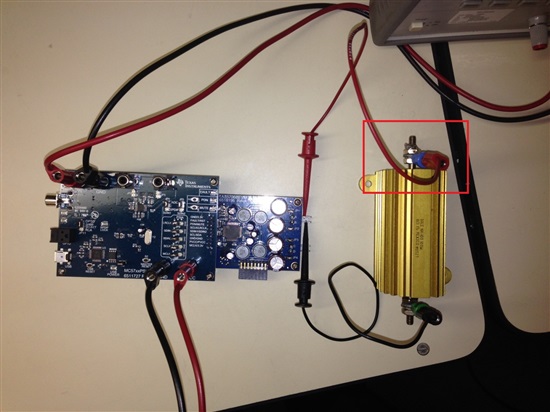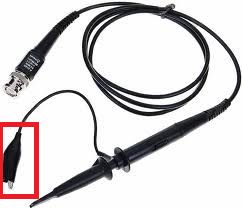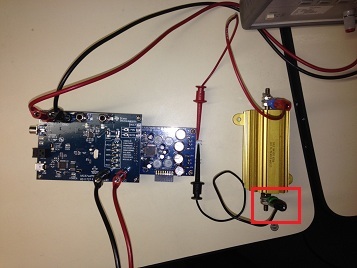The measurement board isTAS5706EVM2 (with MC57xxPSIA). My connection is the same as the following graph .Then the speaker(BD,BTL) is connected to A and B of interface .according to sloa068.pdf, two RC filters(100 ohm/47nf) is differently connected to pins of the speaker. but I found that the value of THD +N(measured) is different from datasheet。
How I measure the THD+N of TAS5706EVM2 ?Do you have a better solution?


